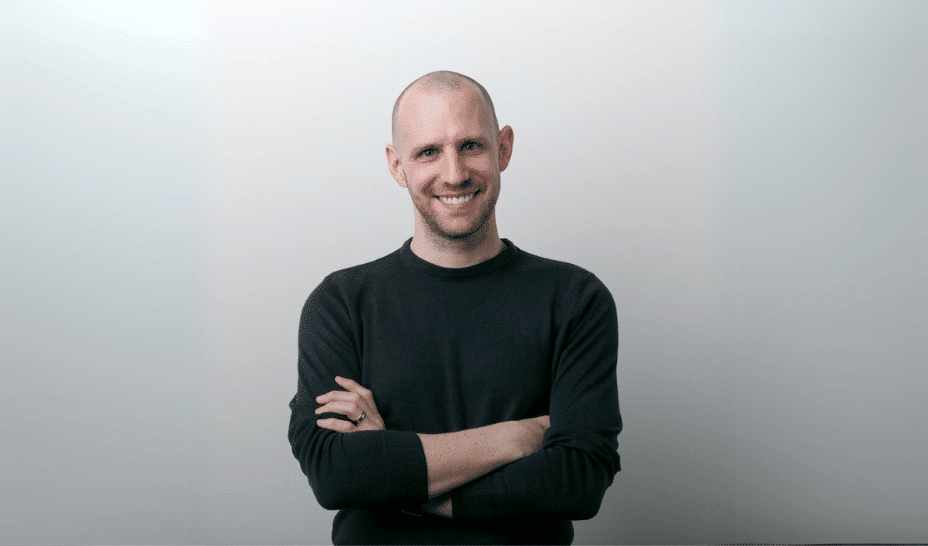Six ways to measure your metrics as a creator


Throwing spaghetti at the walls and seeing what sticks can work — but it's not particularly reliable. If you're truly trying to grow as a content creator or influencer, you want to know what's working for you and what decidedly is not. That's where a good understanding of your metrics come in, according to experts who participated in the "Metrics that Matter in a Mature Creator Economy" panel at VidCon 2025.
Six experts — Ally Anderson, the director of strategy and insights for brand partnerships at LTK, Fernando Parnes, the CEO at super.fans, Gwen Miller, the senior director of growth at Mythical Entertainment, Josiah Hritsko, the director of digital strategy at Theorist Inc., Michael Lim, the director of media at acquisition.com, and Sophie Lightning Jamison, the content creator talent acquisition specialist at Cookpad — walked us through exactly which metrics creators should be paying attention to.
"There is a data-backed formula to getting views on YouTube," Hritsko said during the panel, "Metrics that Matter in a Mature Creator Economy." But you'll need to know what metrics to follow in order to avoid becoming a one-hit wonder. Here are six metrics you need to follow to ensure your success online, according to the panelists.
Discovery
The viewer relationship starts at discovery, Miller says. She says your mantra should be "connected TV," because YouTube users watch more YouTube on their TVs than they do on their phones. People watch longer on TVs, Miller said, so they'll get through more ads — and you'll get more money.
Before you change your content to optimize it for the TV, make sure you actually need to do that. Check your data to see where your viewers are watching your content by navigating to advanced move, more, and then device type. This will tell you where a majority of your audience is viewing from. You can also look at your audiences age and gender, because audiences over the age of 25 are more likely to watch on a TV.
You want to make sure your content is 4K, because that looks a lot better on a TV than lower-quality videos, and that your content is over 20 minutes long. Reframe for a larger screen, use thumbnails that have a clear focal point and not much text, and you should ensure that you have quality control on TV.
Sentiment
Parnes says you should be tracking these types of sentiments: how your audience feels about the topics you cover, how your audiences feel about you personally, and the tone and emotional stance you bring to your content. Brands look at this "to effectively determine whether or not to begin working with you in the first place."
You don't necessarily have to be positive or negative, Parnes says. The only sentiment that has to be positive is how the audience feels about you personally. There are differences, though. If you are an extremely positive channel, you're going to have much more brand and Adsense flexibility. More negative channels have more flexibility with their own audiences, but less flexibility with brands.
This matters because it defines your audience fit, your brand opportunities, leads to stable growth, and guides content strategy. You can find sentiment using specialized tools or by reading the comments and likes and dislike ratios.
Trust
"Creators are selling trust, and that trust is earned over time," Anderson said. "Consumers are engaging with creators at higher and higher rates every year."
Consumers aren't just shopping from creators, Anderson argues, but they're relying on them for decision-making. You can build trust through storytelling and, specifically, through video content.
Influence
Typically, a traditional influencer campaign will look at engagement rates and follower numbers. But Lightning Jamison argues that these metrics don't actually do enough. Views and like matter but, she says, "we can do so much better." Instead, she recommends focussing on a long-term value score, which is a combination of creator affinity index, earned media multiplier, and save-to-like ratio. People go back and watch their saved videos more often than they do their liked videos, after all.
"In today's creator economy, attention is the most valuable product, but it is not a simple nor passive metric," Lightning Jamison said. "It is dynamic, emotional, and co-created experience shaped by authenticity and community trust."
And you can measure that across all platforms.
Efficiency
It's important to make sure your metrics are actually useful because, as Lim says, pulling data has a cost — you're spending time and, sometimes, money on data gathering. So track less data, but do more with it. He recommends looking at three things.
The first is the WTFDIDWT? Spectrum: What The F Do I Do With This? When you look at data, ensure that there is something you can actually do with the data once you pull it. The second is the automation matrix, which is a matrix with "easy, not useful" at the top left, "easy useful" a the top right, "hard, not useful, at the bottom left and hard useful at the bottom right. Behavioral reinforcement is the third thing, which includes clear rituals, infrastructure and tech, and save example analyses and prompts.
Experimentation
Hritsko says the way to combat complacency is experimentation. Continuously experiment, but do it responsibly: understand performance, make a hypothesis based on data, test major variables, measure results, and repeat.
Two variables you can try testing out are audience tests and conceptual tests. Audience tests include core viewers, returning view, and new viewers. Conceptual tests can include traditional theory, modern YouTube, and match the series.
In the end, it all comes down to understanding your viewer.
Mashable will be live at the Anaheim Convention Center this week, covering VidCon 2025. Check back in the days ahead at Mashable.com, where we’ll be talking to your favorite creators, covering the latest trends, and sharing how creators are growing their followings, their influence, and making a living online.

























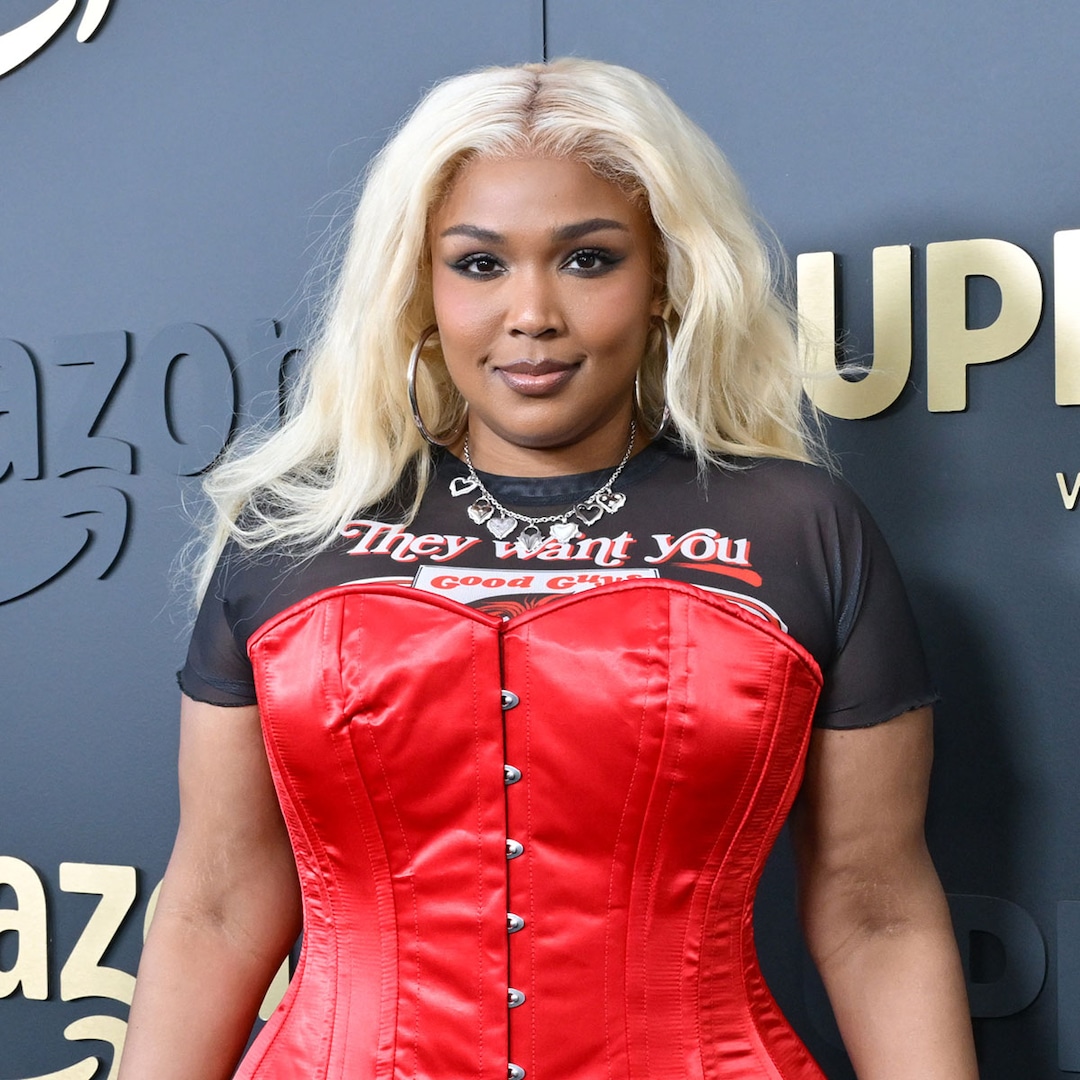



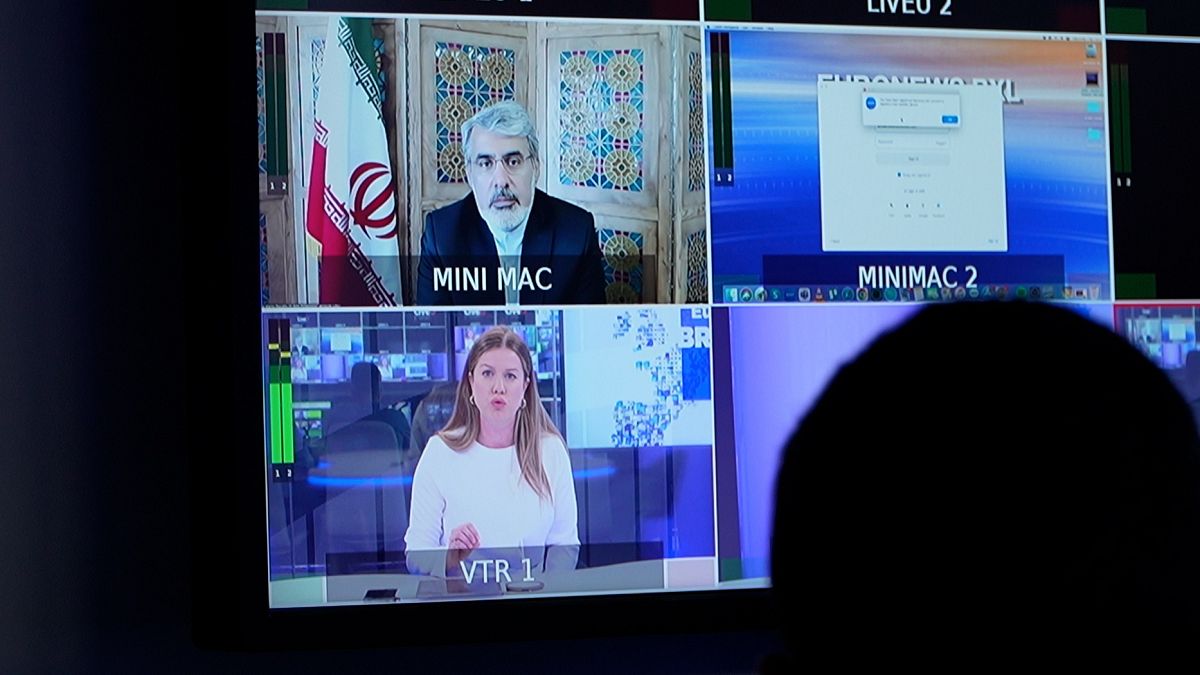







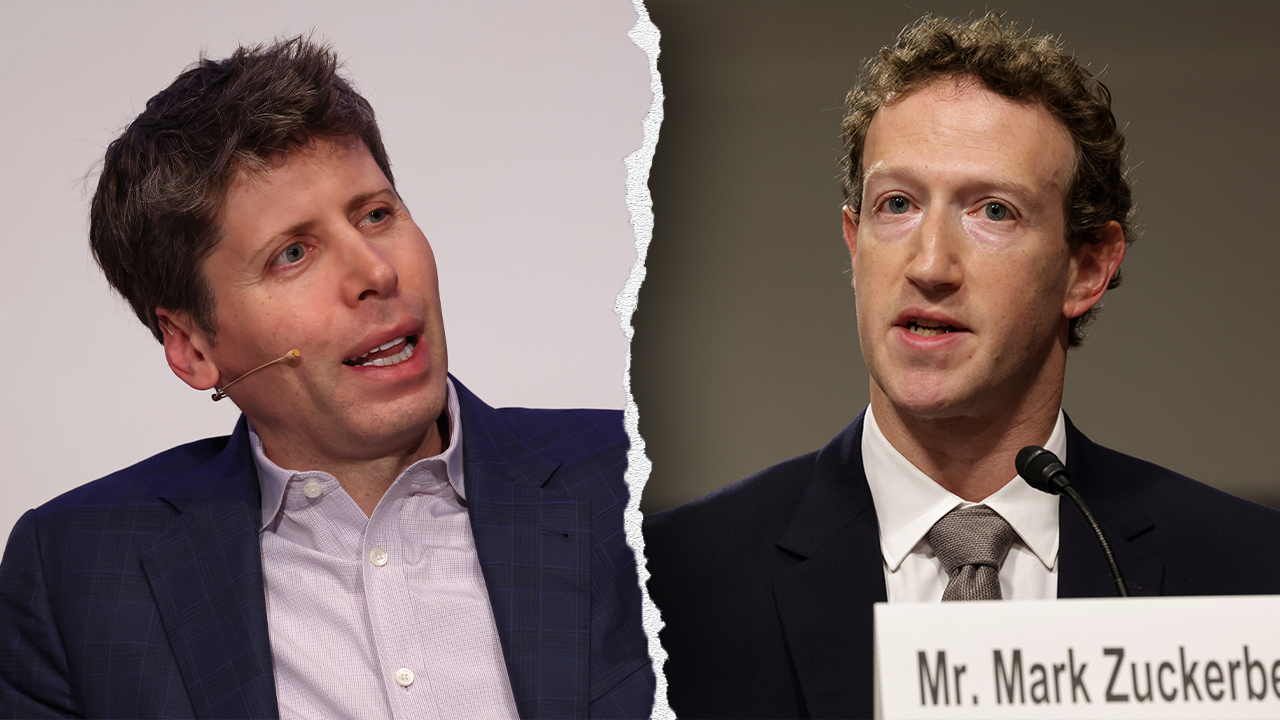

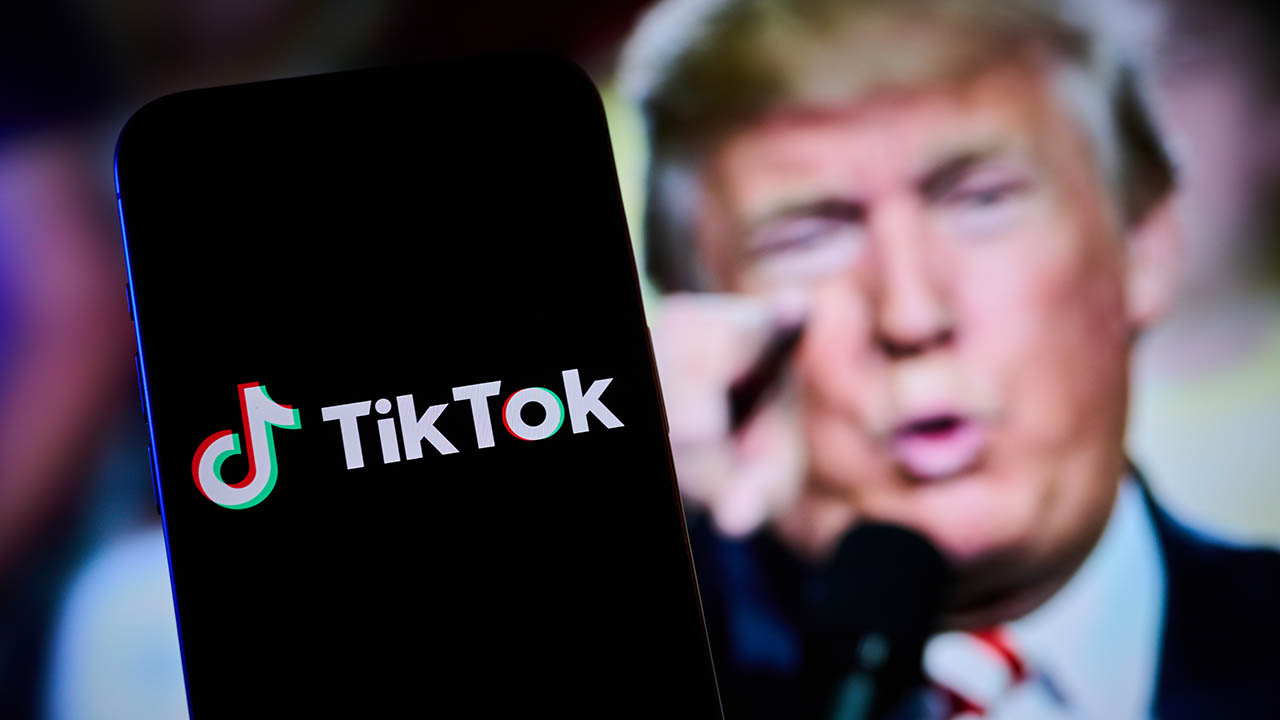









.png?Expires=1838763821&Key-Pair-Id=K2ZIVPTIP2VGHC&Signature=IO0~CT3pU-TcxGc~yoZSmoQx23MZVuK-~4jSii~NKEblRmyO3el7NXPu~Rh1o23voASg7hlcHLw4kvQuDK1jssEhcjoNBBvEpZ~GGOAU6yosBhpHpeF179F~h7i6VxmsBNh9gtTutkoqY73O2YCFey~IAqSzKbBqETP1kP9cAg1916Z1YkJJs-5MliMrkZ5d7-mWGLbpHp2wGj2VlMph8XzYlL4~y1O7fB~JdIS~Rs4RMRs2x0WT1qUIpHAsf3GdwtOyAmKFSpIg8xCyNGZZ5h~13nXlmpd7uPvW8tBfttpG9pFTqcway-uch5WyfHOEfi7UlJCOWrr6fCYY5PMgSg__)


